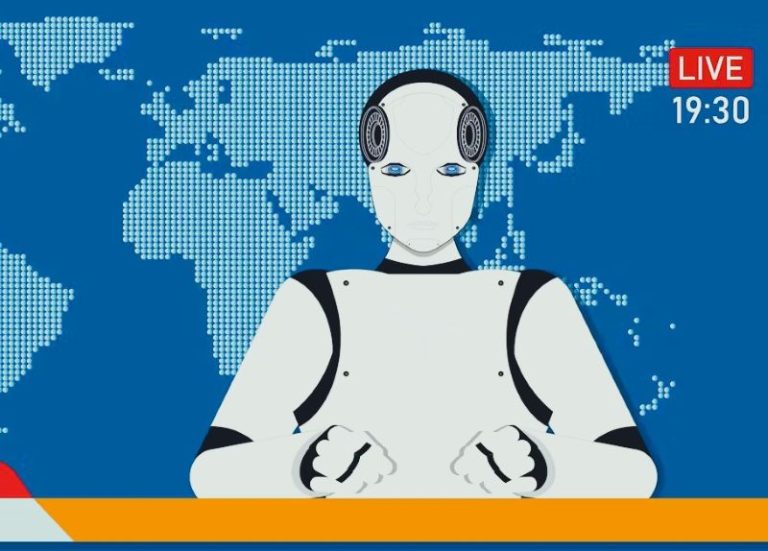

Culture has always been passed down from generation to generation—sometimes through stories, sometimes through rituals, sometimes through objects carefully guarded for centuries. But in today’s digital world, the question is different: how do you preserve cultural traditions when attention spans are short, and information is mostly consumed on screens? One increasingly powerful solution lies in interactive learning apps. These apps do more than just teach facts; they create immersive experiences where history, folklore, and traditions can live again in a form that resonates with modern learners.
Why Educational Apps Matter
An educational app is essentially a digital tool designed to teach or reinforce knowledge. Unlike textbooks, which are static, or lectures, which depend on a teacher’s availability, apps are dynamic. They combine visuals, sounds, games, and interactive quizzes to create engagement. For heritage-focused education, this is a game-changer. Students can now explore the music of their ancestors, walk virtually through historical sites, or even practice traditional crafts through simulations.
Engaging Young Learners with Interactive Experiences
Children today are surrounded by technology. According to a 2023 survey, over 70% of students between the ages of 8 and 15 use educational apps at least once a week. That statistic isn’t just about technology use—it shows a preference for learning methods that are interactive and fun. Heritage-focused apps can leverage this interest. A simple example: a child learning about local legends could take part in an app-based roleplay game, where completing quests means unlocking new pieces of folklore. This form of online education for students doesn’t just teach—it entertains, ensuring that cultural knowledge sticks in memory longer than a chapter in a book.
Promoting Cultural Awareness Beyond Borders
Cultural traditions are not just for the communities that created them; they can inspire and educate globally. Apps designed as cultural awareness tools give learners from different parts of the world access to heritage that would otherwise be inaccessible. Imagine a student in Europe exploring Japanese tea ceremonies through a 3D interactive guide, or a teenager in South America experiencing the rhythm and stories of West African drumming through a digital music tool. The universality of apps means that cultural traditions can be celebrated and appreciated far beyond their place of origin.
Accessibility and Preservation Go Hand in Hand
Another key reason digital tools are effective is accessibility. Not everyone can visit museums, archives, or cultural institutions in person. But an app makes these resources available on a phone, often free or at minimal cost. While some tools are designed specifically for scholars, others are open to casual learners.
Reliable communication is the basis of digital learning tools. Among heritage education technologies, it is worth using a fax app, like this iPhone app for securely exchanging documentation, reliable messengers, and data exchange tools. Cultural heritage apps can act as a bridge between users and a massive library of cultural information, ensuring that valuable heritage knowledge is never locked behind physical barriers.
Protecting Historical Knowledge in a Digital World
Without preservation, knowledge can vanish. Languages disappear. Rituals fade. Art forms dissolve into fragments. Yet, digital preservation methods make it possible to capture and store information in formats accessible to future generations. For example, an app could archive indigenous songs in audio form, link them with stories about their origins, and even allow children to sing along while following text on the screen. This combination of archiving and active learning transforms static history into a living, breathing experience.
The Bigger Picture: Digital Preservation for the Future
The speed of cultural loss is alarming. UNESCO estimates that nearly half of the world’s languages may disappear by the end of the century. This makes digital preservation not just a convenience but a necessity. Apps that record, teach, and celebrate languages, traditions, and stories contribute to slowing this loss. They give communities agency—an opportunity to share their voices in their own ways, using platforms that younger generations are eager to embrace.
Heritage-Focused Education in Classrooms
Schools are also incorporating technology to enhance learning about culture. Teachers can integrate heritage-focused apps into their curriculum, making lessons more interactive. Instead of merely reading about historical figures, students can use augmented reality to bring statues to life. Instead of copying notes about ancient architecture, learners can virtually “walk” through temples and palaces.
Community Involvement Through Digital Tools
Educational apps don’t only serve students; they also empower communities to share their own traditions. Elders can record stories, artisans can upload tutorials, and families can showcase rituals. This collaborative effort turns preservation into participation, ensuring cultural heritage is alive, shared, and shaped by the very people it represents.
Encouraging Lifelong Learning
Heritage-focused apps aren’t limited to classrooms or children. Adults, too, can explore forgotten customs, relearn languages, or engage with global traditions through interactive modules. By offering continuous access to cultural awareness tools, apps transform preservation into an ongoing journey—proving that curiosity about culture has no age limit.
Conclusion: Keeping Culture Alive in the Digital Age
Preserving culture doesn’t mean keeping it locked in the past. It means adapting it for the present while safeguarding it for the future. Educational apps, by combining interactivity with preservation, offer one of the most powerful ways to achieve this balance. They can engage young learners, protect historical knowledge, and foster cultural awareness across borders. The future of heritage-focused education may not be carved in stone or written on parchment, but stored in pixels and code—accessible to anyone with curiosity and a device in hand.


